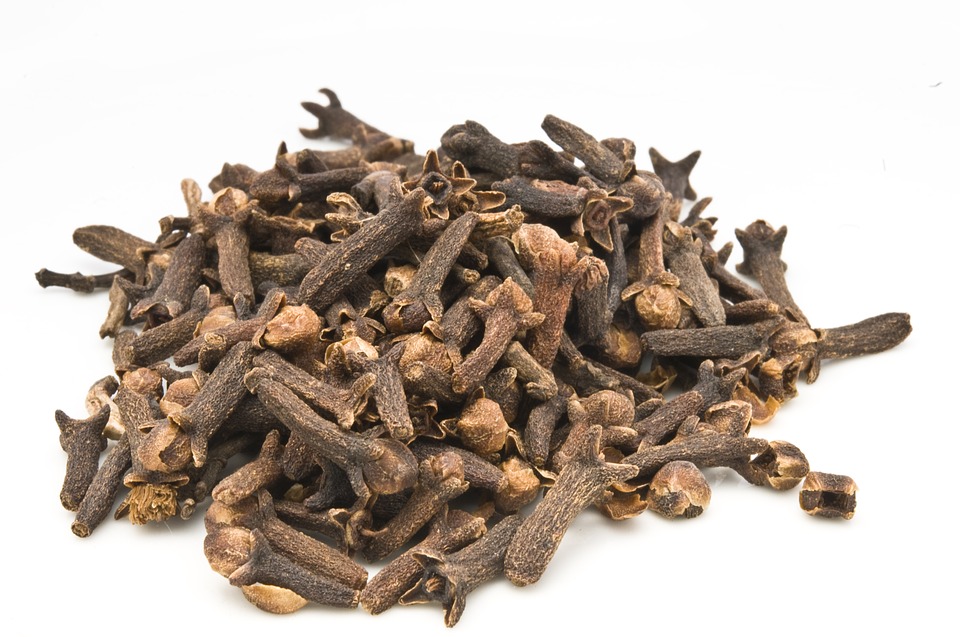By Pravar Mukkala
Cloves are produced from the evergreen Syzygium aromaticum tree. They are in the myrtle family, and are related to allspice, eucalyptus, and guava.
The spice itself is made of the dried flower buds of its tree. The tree’s buds start off green, then transition to crimson and pink, and are harvested when they grow to about one or two centimeters.
These buds are then dried, and turn a dark brown color.
Cloves were originally native to the Maluku/Molucca Islands, or the Spice Islands, in Indonesia.
They were traded to Europe by the time of Rome, and were regularly exported to the continent during the Middle Ages by Arab merchants as part of the Indian Ocean Trade.
Cloves were prized in Europe due to their sharp and aromatic taste. The flavor of cloves can
be described as less sweet and floral than cardamom, stronger than cinnamon, and bitter. The spice is regularly used in Mediterranean, some African, Middle Eastern, and some Asian cuisines, in a variety of dishes, including curries and for flavoring fruits (like apples, pears, and rhubarb).
Like its sweeter counterpart cinnamon, cloves can be added to savory dishes to add a
sweeter element to food, but can also be used in sweet dishes.
The main compound that gives cloves their flavor is eugenol, which makes up most
of the essential oil extracted from them.
Eugenol is also present in cinnamon, bay leaves, nutmeg, ginger, basil, and vanilla.
Cloves have a long shelf life and can easily be kept in the pantry for over two years.

